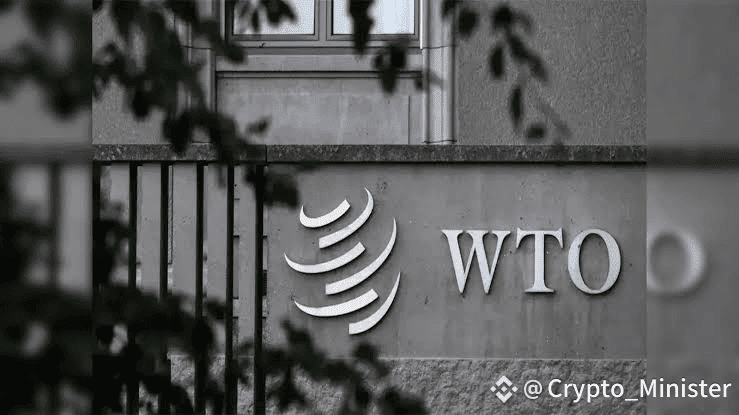💥Understanding the Highest Ever Tariff Rates in the USA: Insights from IMF and WTO Reports💥

1️⃣In recent analyses, including reports from the International Monetary Fund (IMF) and the World Trade Organization (WTO), the United States has been shown to experience some of the highest tariff rates in its history. Specifically, the average rate of tariffs applied by the U.S. peaked during specific periods, leading to significant implications for both domestic and international trade. The reports indicate that certain goods, particularly steel and aluminum, have attracted considerably high tariffs, affecting global supply chains and trade partnerships. This shift in tariff strategies reflects greater protectionist measures adopted by the U.S. government, aiming to support domestic industries under pressure from foreign competition.
2️⃣As businesses and consumers alike navigate these changes, understanding the impact of tariffs on prices and availability becomes crucial. Investors and stakeholders in cryptocurrency markets must also remain vigilant, as changes in trade policy can influence economic stability and, consequently, market dynamics. The relationship between trade tariffs and cryptocurrency investment is complex, with increased tariffs potentially leading to inflationary pressures that could influence currency values, including cryptocurrencies. In an ever-evolving market, being informed of these developments will remain integral for strategic investment and financial planning.
---
3️⃣As we delve deeper into the cryptocurrency landscape, understanding fluctuations in traditional economic indicators like tariffs can aid investors in making more informed decisions. With the rise of digital currencies, many are starting to look at how geopolitical and economic developments might affect the future of cryptocurrency. The interplay between tariffs and the broader economic climate could significantly affect investor sentiments towards traditional and digital assets alike.
4️⃣Tariffs, fundamentally, represent a tax levied on imports or exports between countries. Their role has expanded with the recent shifts in the U.S. economic strategy, especially as it relates to international relations and trade negotiations. Cryptocurrencies, often viewed as an alternative asset class, can serve as a hedge against traditional market fluctuations, particularly amid the uncertainty that high tariffs can create.
5️⃣Investors are encouraged to keep an eye on developments surrounding tariff rates and their implications for both the U.S. and global markets. As countries adjust their economic strategies, volatility in both traditional finance and cryptocurrency can be expected. By understanding the impacts of high tariffs on trade dynamics, investors become better equipped to anticipate market movements, including those affecting cryptocurrency values.
6️⃣Moreover, the legal and regulatory landscape regarding cryptocurrency is still in a state of flux, which requires investors to remain adaptable. The influence of tariffs reflects not only on commodity prices but also on larger economic indicators that can drive consumer and business behavior.
7️⃣In summary, the highest-ever tariff rates in the U.S. pose critical implications not just for traditional markets but also for the burgeoning field of cryptocurrency. By monitoring these developments, investors can position themselves strategically, leveraging the unique characteristics of cryptocurrencies in an uncertain economic environment. Enhanced market insights and awareness can conjure up new opportunities for wealth generation, even in the face of changing tariffs and trade landscapes.